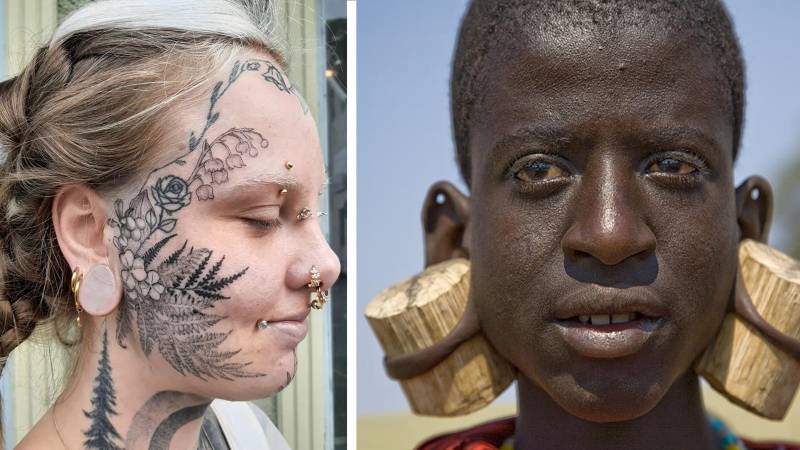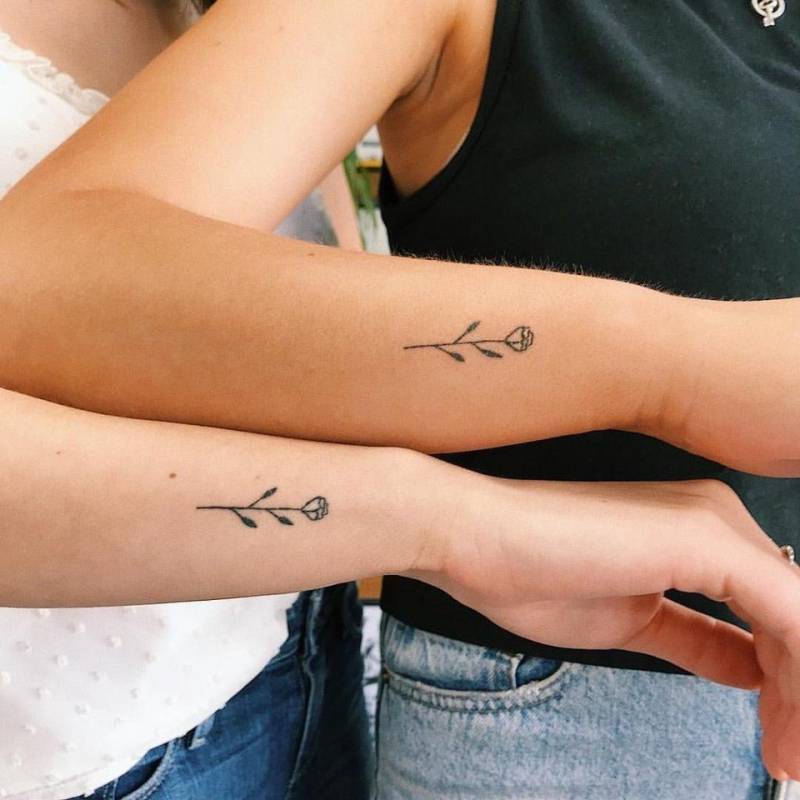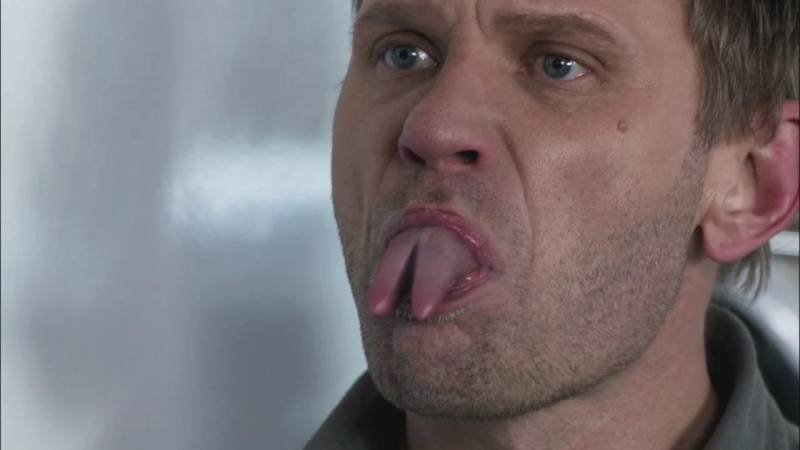
When I was a trainee in surgery, almost 60-years ago, I was summoned to emergency department to see a young man who had infected upper arm. He had an infected peace sign on his right upper arm. He told me that he was drinking with his girlfriend, and as an affirmation of her love for him, she carved the peace sign on his arm using a sharp kitchen knife.
I tried to console him, but he stopped me and said he was glad she did it on the arm for she wanted to carve it on another body part. Sanity prevailed even in the alcoholic haze, and she chose his arm.
Somehow there is an urge in some people to make a bold public statement by having tattoos on their bodies. But it is not a new or modern phenomenon. In ancient Egypt in the times of pharaohs, people used needles to inject ink and soot in the skin to decorate their bodies. In 1991, the 5,000-year-old body of a hunter was found at the Austria-Italy border in the Alps. Nicknamed Otzi and the Ice Man, the body had 61 tattoos.
Throughout history, tattooing has had its ups and downs. In some societies in Africa tattoos identify a person as a member of a tribe or a clan. Also, in Africa, tattoos are considered to enhance the beauty of a person. Tattoos are also common among the women in nomadic highlanders of Afghanistan.
There is a Pashto folk song in which a lover laments that he misses the blue tattoos on the chin of his beloved. It is a common practice in some parts of Khyber-Pakhtunkhwa to place three blue dots on the chins of girls.
دوباره به نه کرم د سین غاړي ګلونه
چه باغ مه جوړ شی را نه یوسی سیلابونه
ځما یادیګی جینئ ستا شینکی خالونه
(I will never again plant flowers on the riverbank
When they bloom, the flood sweeps my garden away
O my beloved! how much I miss the blue dots on your beautiful face)
Much has been written about the psychology of tattoos. Why do people decorate their bodies with different motifs? Reasons vary. It could be to improve one’s body image or to make one notice by others. But one thing is sure: it is addictive. I have seen people who have extensive tattoos on their bodies, and they still want more. Lack of available skin and/or the affordability of further tattoos become the impediment.
It has also been said that tattoos add an element of sexuality and attraction for the opposite sex. But unfortunately, as we age, our skin sags and wrinkles. So, what was once a beautiful flower motif tattooed on taut skin looks like a wilted and drooping flower in time.
Once I met a businessman who had numbers tattooed on the knuckles of his one hand. I was curious. He told me that those numbers were his wife’s and his children’ birthdays. By having a permanent reminder, now he never forgets their birthdays.

People have all kinds of designs inscribed on their bodies. There may be quotations from scriptures or famous writers and poets. I once saw the English translation of Omar Khayyam’s Rubyat tattooed on the chest of a young woman. I also saw two lovers, man and woman, having identical images of a flower in the web between thumb and index finger.
But one tattoo I saw surpassed all the others in message and its significance. A patient was admitted to one of the area hospitals in Toledo with a crushed chest. He was working under his car in an inebriated state when the jack slipped, and he was pinned down under the car. Somehow paramedics extricated him and brought him to the hospital. After an hour or so of treatment in the intensive care unit, he stabilized, but remained critical. That is when I observed that he had same one sentence tattooed all over his lower torso, legs, and genitalia. It said, “My only love Tina.” I was surprised but also impressed with his commitment to the woman in his life.
The nurses told me that his wife and other family members were in the waiting room anxious to talk to me. I introduced myself to his wife and addressed her as Tina. She was quick to correct me that her name was not Tina.

So, all that devotion inscribed on his body was for someone who was not his wife. I felt embarrassed for connecting the name inscribed on his privates with the woman in the waiting room.
Body piercing is another area that is fascinating. Piercing of nose and ears is as old as human history. We see abundance evidence of these practices in ancient Egypt where women of means adorned their ears and noses with jewellery.
Just as tattoos, piercing has also been done all over the body. In some African cultures they often signal rites of passage to manhood and womanhood. In Massai tribe ear piercing is equated with maturity and elevated social status. Nose piercing among the Massai denotes marital status and thus wealth, identity, and belonging.
In the west piercing is a rather new phenomenon. What started as ear and nose piercing has now morphed into piercing of tongue, various parts of face, and nipples. An extreme piercing is cutting the tongue in the middle. It is practiced by mostly men, who believe in the cult of Satan or devil. With a forked tongue and tattoos on the forehead resembling horns they take pride in their devil-like appearance.
In my professional life, I have seen some interesting and bizarre piercing but piercing in a malang or ascetic tops it all in its meaning and significance.

When I was working as a surgeon at Lady Reading Hospital in Peshawar in the early 1970s, during rounds my staff showed me an interesting patient. He had a large ring that went through the frenum (skin fold below the glans penis). Sadhus, Malangs, and Brahmacharyas who have given up sex in an effort of achieve a higher level of self-realization wear such rings to prevent them from engaging in sex. The ends of the ring are welded so they can’t be removed short of cutting them off. The patient had come to the hospital with severe infection at the ring site.
The house surgeons had treated him with appropriate antibiotics and local irrigation with antiseptic solution, but there was no improvement. As we were discussing the case the man appeared totally oblivious to his surroundings and was not paying any attention to what was being said. He appeared to be in a trance.
After assessing the situation, I advised the house staff to get rid of the offending ring by saying in Pashto “Just cut it off”. To that, the ascetic immediately returned from the la-la land and with a flick of his two fingers undid the ring.
So much for the vows of chastity.

